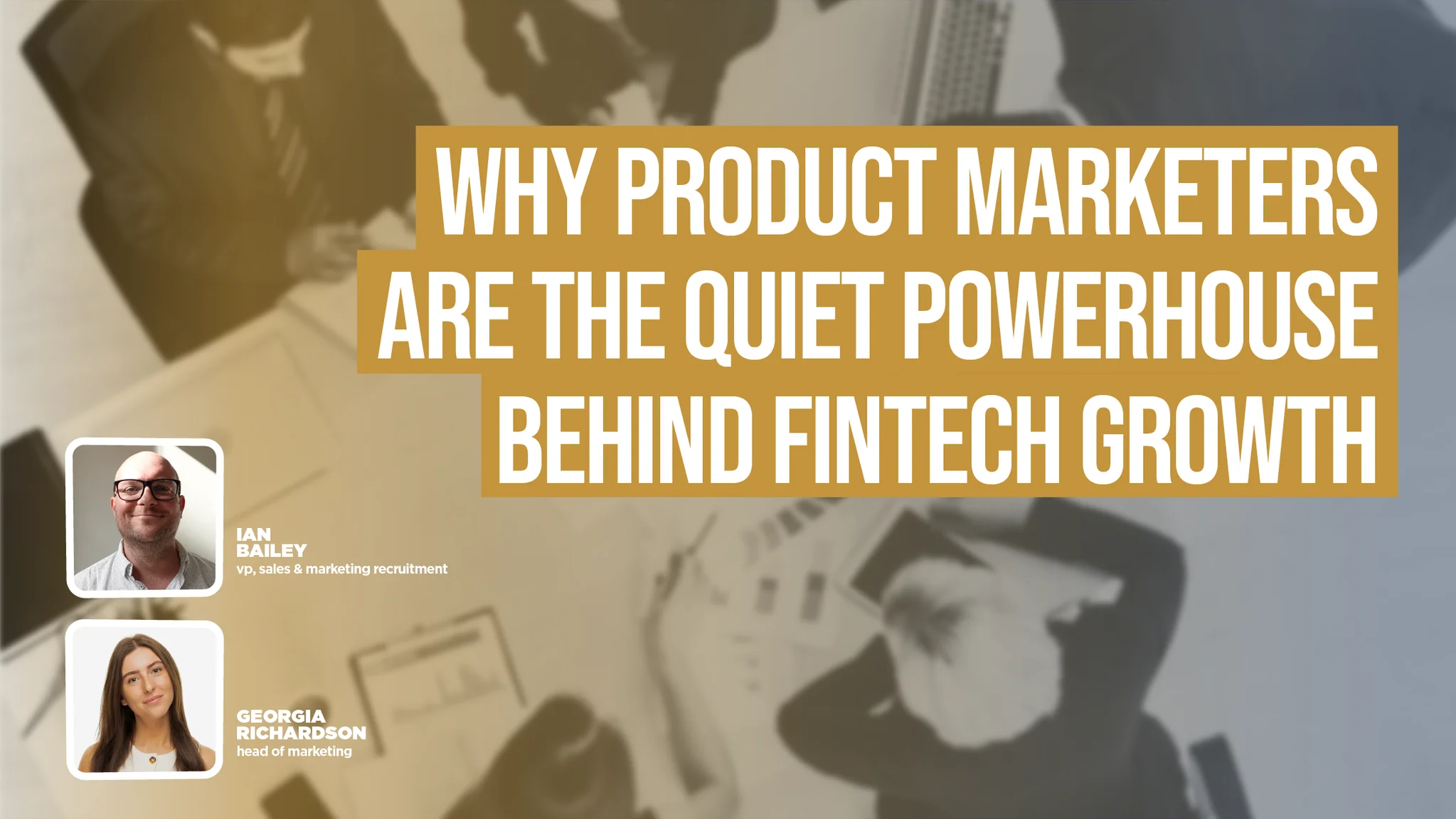Download your free copy of the latest Financial Technologist magazine here.
Let’s face it: we’re on the cusp of a radical change in how financial market infrastructure is designed and
managed. Modern yet maturing technology, coupled with a rapidly evolving digital multi-asset market, is driving the upgrade of many existing, often outdated, financial processes. On top of that, a flurry of new regulatory pressures that introduce stricter compliance obligations are forcing the industry to move faster. The scope of this change to existing financial market infrastructure is both deep and wide. And it’s in the middle of this transformation that Tokenovate operates.
Change is often disruptive, and can be challenging for the unprepared or those reluctant to embrace ‘the new’. But for visionary organisations, the ongoing technology evolution will unlock new and significant opportunities, both in considerable cost savings and attractive value creation.
Take the cost of maintaining current financial market infrastructure for example: Bank of England, PwC and others estimate asset servicing costs at a staggering $20 billion per year. That's the price you pay when, on average, 23 different, often disparate, services are involved in managing a single trade from start to finish. And it’s not uncommon for up to 20 copies of the same record to be stored simultaneously in different, often incompatible, data silos. By extension, this complexity is not only costly to manage and maintain, but it also introduces errors, failures and mistakes.
It doesn’t have to be this way.
So, what does it take to accelerate the pace of rolling out fit-for-the- future financial market infrastructure? From Tokenovate’s perspective, our vision, focus and goal is to resolve T+2 reconciliation and settlement challenges in traditional financial markets. Ultimately, we want to eliminate reconciliation completely and make settlements instant. But to improve outcomes, you first need better inputs and more automation.
Let’s start with inputs. The increasing popularity in tokenisation of assets, including real world and digital assets, contributes towards making the industry familiar with a new format. Yet, tokenisation of assets in isolation does not deliver any significant upstream benefits in the lifecycle management of a trade. Tokenisation done right, however, transforms digital ownership to become more efficient for digital deposits, collateral mobility and ultimately payments.
The act of tokenising an asset needs to incorporate several important elements, particularly the fulfilment of legal and economic obligations, so that event management in a trade throughout its lifecycle can be made more seamless and efficient.
Tokenised assets can also vastly improve collateral mobility, which, in turn, will increase overall efficiency in the €24 trillion collateral obligations market. Needless to say, we see tokenisation as an essential transformation technique in the input cycle.
Now, let’s turn our attention to automation. As comforting as it may sound, keeping ‘humans in the loop’ isn’t always ideal. Manual interventions often introduce errors, hence the desire to automate the execution of events in the lifecycle of a trade. Remember, in a trade, there can be hundreds of events, spread over many years, making manual management incredibly time consuming. Not to mention the requirement to remain compliant throughout.
Another way of looking at these events is to compare them with ‘conditional logic’ statements. Such statements can of course - if created on a suitable blockchain - be included in smart contracts, which then execute automatically. In other words, through the deployment of smart contracts, in which tokenised assets are embedded, automated execution of lifecycle events can become a reality. Instant reconciliation and settlements unlock liquidity, which can, in turn, be re-deployed faster for better returns.
Which finally leads us to improved outcomes. At the heart of Tokenovate’s goal to make financial market infrastructure more efficient is our unique software platform. Built on four key pillars - the ISDA Common Domain Model, smart contracts, a blockchain and cloud computing - we are driving innovation by fusing economics and standards with smart technology. It’s an asset-class agnostic ‘lifecycle engine’ for intelligent end-to-end management of digital assets.
Together with our partners in the ecosystem, our ambitious mission is to transform the process of tokenisation, issuance, custody, distribution into trading, and asset servicing.
The change has already begun, and we predict the pace will accelerate in 2024.
Download your free copy of the latest Financial Technologist magazine here.






